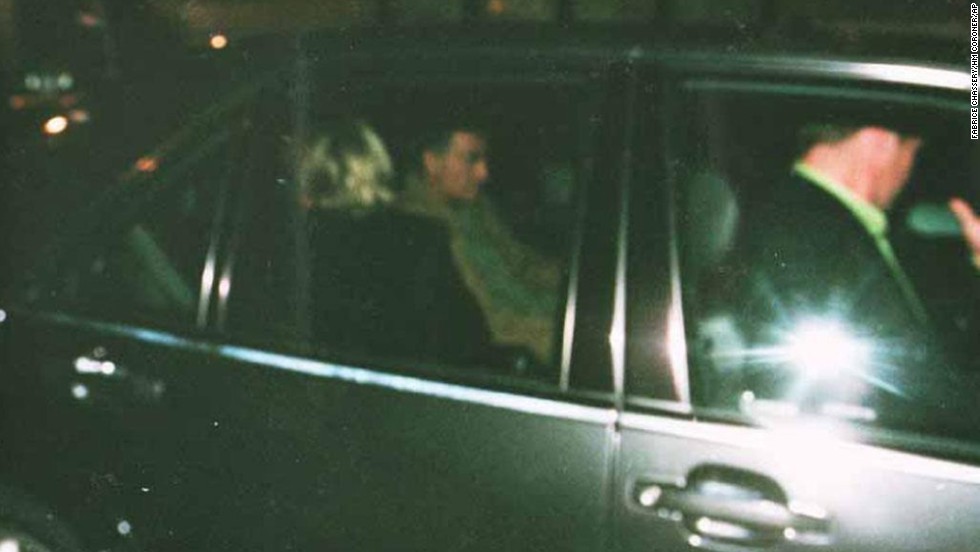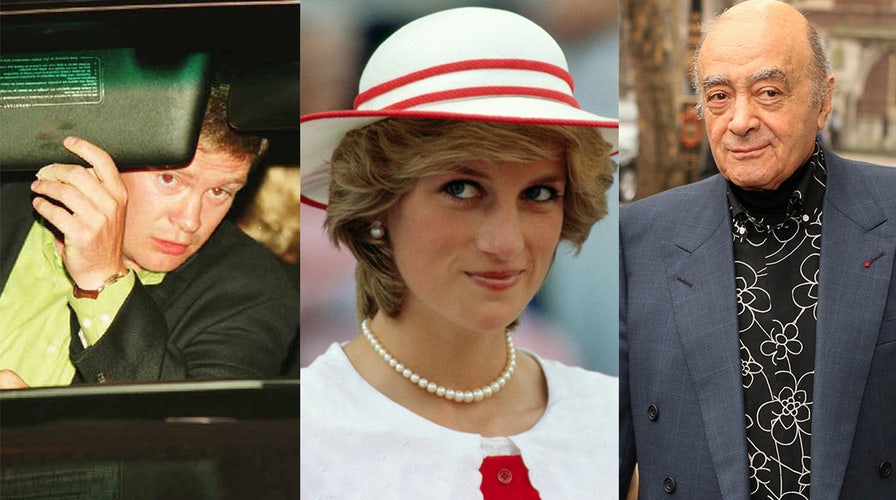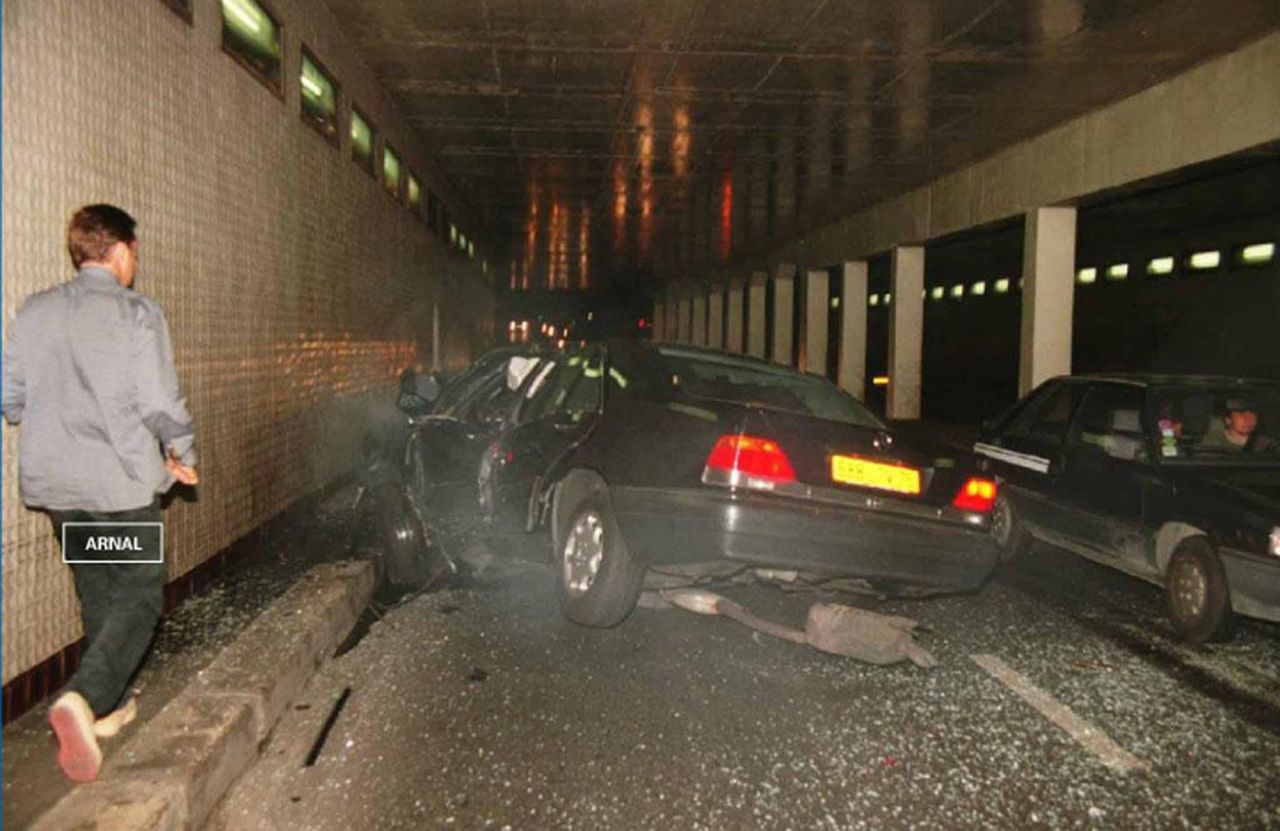Princess Diana Crash Photos: A Comprehensive Look At The Tragic Event
Princess Diana crash photos have become a significant part of history, capturing the moments after the tragic accident that claimed her life on August 31, 1997. The incident remains one of the most infamous events in modern history, sparking debates about paparazzi culture, privacy, and the media's role in celebrity lives. This article delves deep into the circumstances surrounding Princess Diana's death, the controversial photos taken at the scene, and their lasting impact on public perception.
Princess Diana, a global icon and beloved figure, was more than just a member of the royal family. She was a humanitarian, a mother, and a symbol of hope for millions worldwide. Her untimely death in a high-speed car crash in Paris shocked the world, leaving an indelible mark on history. The photos taken at the scene of the accident became a focal point of public outrage and debate, raising questions about the ethics of photojournalism.
This article aims to explore the tragedy, its aftermath, and the implications of the photos taken that fateful night. We will examine the events leading up to the crash, the role of the paparazzi, and the broader societal issues raised by this tragedy. By understanding the context and consequences, we can gain a deeper appreciation of the impact of Princess Diana's death on global consciousness.
Read also:Kelis Boobs A Comprehensive Exploration Of Body Positivity And Female Empowerment
Table of Contents
- Biography of Princess Diana
- Details of the Crash
- The Controversial Crash Photos
- The Role of the Paparazzi
- Public Reaction and Outrage
- Ethical Debate Surrounding the Photos
- Legal Actions and Investigations
- Legacy of Princess Diana
- Impact on Media and Journalism
- Conclusion and Reflection
Biography of Princess Diana
Princess Diana, born Diana Spencer on July 1, 1961, was a member of the British royal family and a global humanitarian icon. Below is a brief overview of her life:
Personal Information
| Full Name | Diana Frances Spencer |
|---|---|
| Date of Birth | July 1, 1961 |
| Place of Birth | Sandringham, Norfolk, England |
| Marriage | Married to Prince Charles, 1981 |
| Children | Prince William and Prince Harry |
| Date of Death | August 31, 1997 |
Princess Diana was known for her humanitarian work, particularly her efforts to combat landmines, AIDS, and homelessness. Her charisma and compassion made her one of the most admired figures of her time.
Details of the Crash
The crash that claimed Princess Diana's life occurred on August 31, 1997, in the Pont de l'Alma tunnel in Paris. The Mercedes-Benz S280 carrying Diana, her partner Dodi Fayed, and driver Henri Paul was traveling at high speed, reportedly due to being pursued by paparazzi motorcycles. The car collided with a pillar in the tunnel, resulting in severe injuries to all occupants.
Key Facts About the Crash
- Time of the crash: Around 12:25 AM
- Location: Pont de l'Alma tunnel, Paris
- Occupants: Princess Diana, Dodi Fayed, Henri Paul (driver), and bodyguard Trevor Rees-Jones
- Cause: High-speed driving and alcohol consumption by the driver
Henri Paul, the driver, was found to have been under the influence of alcohol at the time of the crash, raising questions about the circumstances surrounding the incident.
The Controversial Crash Photos
Princess Diana crash photos were taken by paparazzi who arrived at the scene shortly after the accident. These images, which captured the immediate aftermath of the crash, became a source of immense controversy. The photos showed the victims in various states of injury, sparking widespread outrage over the intrusion into a private tragedy.
Why Were the Photos Controversial?
The controversy surrounding the photos stemmed from the ethical implications of photographing individuals in moments of extreme vulnerability. Critics argued that the photographers prioritized sensationalism over human decency, exploiting a tragic event for personal gain.
Read also:Pixie Haircut 60s A Timeless Style That Continues To Inspire
Despite the backlash, some of these photos were eventually published in tabloids, further fueling public anger. The incident led to increased scrutiny of paparazzi practices and calls for stricter regulations on intrusive journalism.
The Role of the Paparazzi
The role of the paparazzi in the events leading up to Princess Diana's death has been a subject of intense debate. Many believe that the relentless pursuit by photographers contributed to the high-speed chase that ended in tragedy.
Impact of Paparazzi Culture
- Paparazzi culture often prioritizes sensationalism over ethics.
- The pursuit of celebrities can lead to dangerous situations, as seen in Diana's case.
- Public figures face constant pressure from media intrusion, affecting their mental and physical well-being.
While some argue that paparazzi play a role in holding celebrities accountable, the incident involving Princess Diana highlighted the darker side of this industry.
Public Reaction and Outrage
The public reaction to Princess Diana's death was overwhelming, with millions mourning her loss worldwide. The release of the crash photos only added to the grief and anger, as people questioned the morality of those who captured and published these images.
Global Outpouring of Grief
- Floral tributes and memorials were set up across the globe.
- World leaders and dignitaries expressed their condolences.
- Media coverage of the tragedy was extensive, reflecting the global impact of her death.
The public outcry against the paparazzi and media outlets responsible for publishing the photos led to increased calls for reform in the journalism industry.
Ethical Debate Surrounding the Photos
The ethical debate surrounding Princess Diana crash photos revolves around the balance between freedom of the press and respect for privacy. While journalists have a right to report on newsworthy events, the question remains whether this right extends to exploiting tragic situations for profit.
Key Ethical Considerations
- Respect for the deceased and their families.
- Protection of individual privacy, even in public figures.
- Responsibility of media outlets to exercise discretion in publishing sensitive content.
Experts argue that ethical journalism should prioritize the public interest over sensationalism, ensuring that news coverage does not harm individuals or their families.
Legal Actions and Investigations
In the aftermath of the crash, several legal actions and investigations were launched to determine the cause of the accident and hold accountable those responsible. The French inquiry into the incident concluded that Henri Paul's intoxication and excessive speed were the primary factors leading to the crash.
Key Findings of the Investigation
- Henri Paul had consumed alcohol before driving.
- The Mercedes-Benz S280 was traveling at speeds exceeding 100 km/h.
- Paparazzi motorcycles were present at the scene but did not directly cause the crash.
The investigation highlighted the need for stricter regulations on drunk driving and media intrusion, prompting changes in both areas.
Legacy of Princess Diana
Princess Diana's legacy extends far beyond her tragic death. Her humanitarian efforts and compassionate nature continue to inspire millions worldwide. The Diana Award, established in her honor, recognizes young leaders making a positive impact in their communities.
Continuing Influence
- Her sons, Prince William and Prince Harry, have carried on her humanitarian work.
- Charitable organizations she supported continue to thrive and expand.
- Her story serves as a reminder of the importance of kindness and empathy in public life.
Princess Diana remains a symbol of hope and change, reminding us of the power of compassion and dedication to others.
Impact on Media and Journalism
The tragedy of Princess Diana's death had a profound impact on media and journalism practices. It prompted discussions about the ethics of photojournalism and the need for greater accountability in the industry.
Changes in the Media Landscape
- Increased scrutiny of paparazzi behavior and media practices.
- Development of codes of conduct for journalists covering sensitive events.
- Raising awareness about the importance of ethical reporting in the digital age.
The incident served as a wake-up call for the media industry, encouraging greater responsibility and sensitivity in news coverage.
Conclusion and Reflection
Princess Diana crash photos remain a poignant reminder of the tragic events surrounding her death. The incident highlighted the dangers of intrusive journalism and the need for ethical standards in media practices. As we reflect on her life and legacy, it is important to remember the lessons learned from this tragedy.
We invite you to share your thoughts and reflections in the comments section below. By engaging in constructive dialogue, we can continue to honor Princess Diana's memory and promote a more responsible and compassionate approach to journalism.
For further reading, explore our other articles on historical events and their impact on society. Together, we can gain a deeper understanding of the world around us and work towards a better future.


